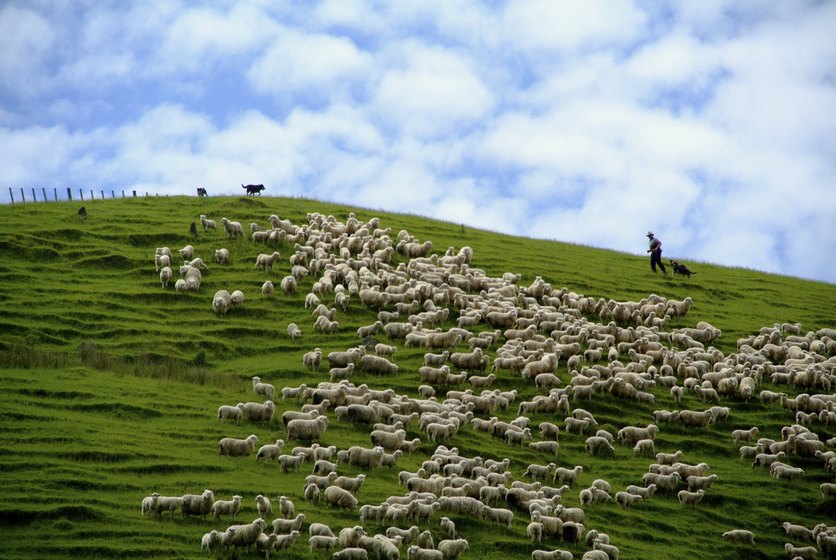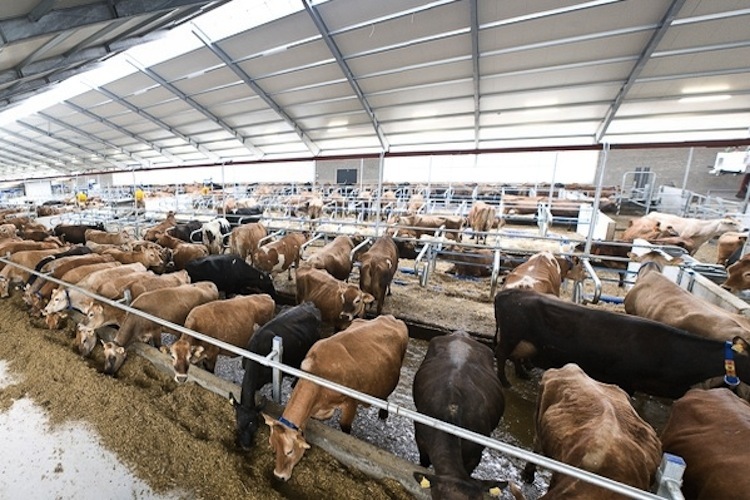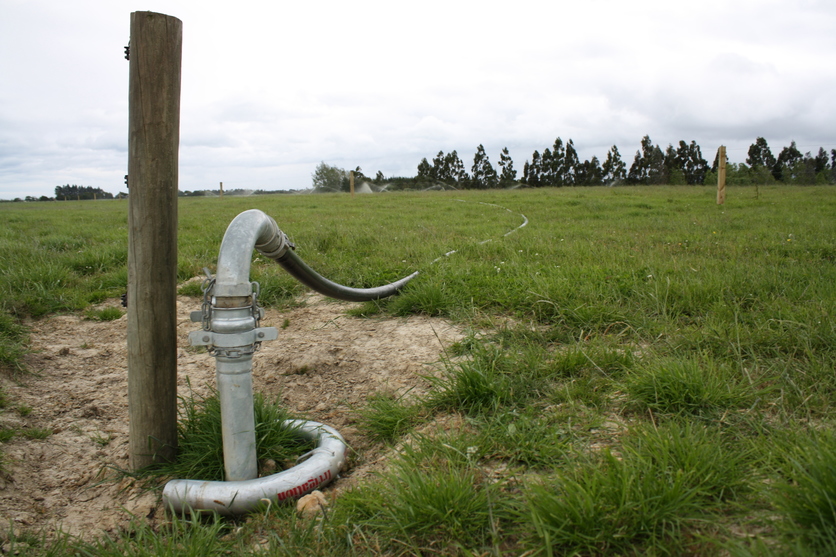Farming is an economic venture – farmers work the land to gain an income. Many New Zealand farmers have an interest in preserving and enhancing the land for future generations. In order to maximise economic returns and look after the environment, there are a number of farm management practices that help to minimise the effects of nutrient leaching and run-off and reduce sediment loss from paddocks.
Planning a nutrient budget
Farmers prepare nutrient plans to help identify how much nutrient is added compared to how much is used or lost to the environment. They identify nutrients coming into the farm through fertiliser, clover nitrogen fixation, urine, manure, compost and so on. They also identify what is going out through milk, fibre, meat and produce sold, as well as environmental losses. Planning helps farmers determine whether nutrients are being used effectively and indicates the amount of avoidable nutrient leaching and run-off. Farmers can then ensure they only add the nutrients they need.
Regulations
Some local authorities require farmers to follow regulations to protect the environment. For example, Waikato Regional Council’s plan requires farmers who apply more than 60 kilograms of nitrogen fertiliser per hectare per year to prepare and use a nutrient plan. The plan has to include the steps the farmers will take to reduce nutrient and sediment losses. Farmers can use soil tests, environmental and climate data and production goals to predict nutrients in the soil and nutrient losses. Advisors are available to help with this analysis.
Winter practices
During winter, soil on some farms can become waterlogged. The wet pasture is trampled by cows, resulting in an almost completely muddy surface that farmers call pugging. This leads to more faecal and soil nutrient run-off into streams and rivers. Badly pugged paddocks may take years to recover, which has an impact on farmers’ productivity. Management practices include getting cows and stock off wet paddocks and capturing urine and effluent through the use of feed pads, stand-off pads or wintering herd shelters (or barns).
A feed pad is a firm surface used for short periods of time where stock are given supplementary feed. The feed pad collects and contains the effluent. Stand-off pads (no provision for feeding) and herd shelters (provision for feeding) are purpose-built drained resting spaces where stock can be held for long periods to minimise damage to pastures. They are often made from free-draining material such as woodchips, sawdust or bark. Herd shelters protect cows from wind and rain (they are covered). All systems should be able to collect and contain effluent, which can then be applied to the land as needed.
Using feed pads is known to decrease nitrogen leaching by up to 60% when used 3 months of the year. Other options are spreading stock over several paddocks or timetabling an off/on grazing programme (such as 6 hours grazing, 18 hours off – using a stand-off pad over winter). AgResearch has shown that the practice of timetabling grazing can decrease nitrogen leaching by up to 25%.
It is expensive to set up any of these systems, but the long-term cost of pugging paddocks and degrading water quality is also high. Farmers have to weigh up these costs and think about their fertiliser management practices. For example, applying nitrogen and phosphorus fertilisers should be minimised in winter because it is the time of naturally slow growth and highest leaching due to climate conditions.
Containing and using effluent
Storing effluent from feed pads means farmers can utilise the nutrients from the effluent when required instead of spending money on fertilisers. Kits are available to test effluent for nutrient content.
Problem areas
Places on the farm such as yards, races, tracks and silage pits are particularly prone to leaching and groundwater pollution. Yards contribute large volumes of faecal bacteria to streams. Yards should be located away from stormwater flows, and they should be protected from the rain. Races and tracks can create large amounts of soil and effluent run-off, polluting the water and creating a health risk to animals and people. Problems can be avoided through careful design. Silage pits should be created away from areas where overland water can flush nutrients out of the bottom of them.
Riparian management
To prevent effluent from entering waterways directly, farmers are encouraged to plant and fence off waterways and wetlands, pipe water races through culverts and reticulate water (divert waste away from rivers using a network of pipes). The benefits are:
- reduced nutrient losses to waterways
- improved water quality for stock drinking water
- fewer losses of stock from drowning
- reduced build-up of sediment (less expense clearing drains and better habitats for fish and insects)
- less trampling and erosion damage.
New technologies
Researchers and farmers are always looking for new ideas. Some of the techniques to help minimise nutrient loss include:
- new pasture plants that offer nutrition and potential environmental benefits
- constructed wetlands to help strip nutrients from waterways
- denitrification beds
- nitrification inhibitors
- an updated version of the Overseer® Nutrient Budgeting model.
Read how some of these solutions are being put into practice.
Nature of science
Science is changing all the time. To address the environmental impact of farming, science and technology are constantly evolving to help improve nutrient efficiency on farms throughout New Zealand.
Related content
Plantain as an added feed source may be helpful in reducing nitrogen losses to groundwater and surface water and reducing greenhouse gas emissions from soil.
Useful link
This 2019 news article aims to summarise the major government and Reserve Bank policy changes currently underway and to provide some context around these changes.



